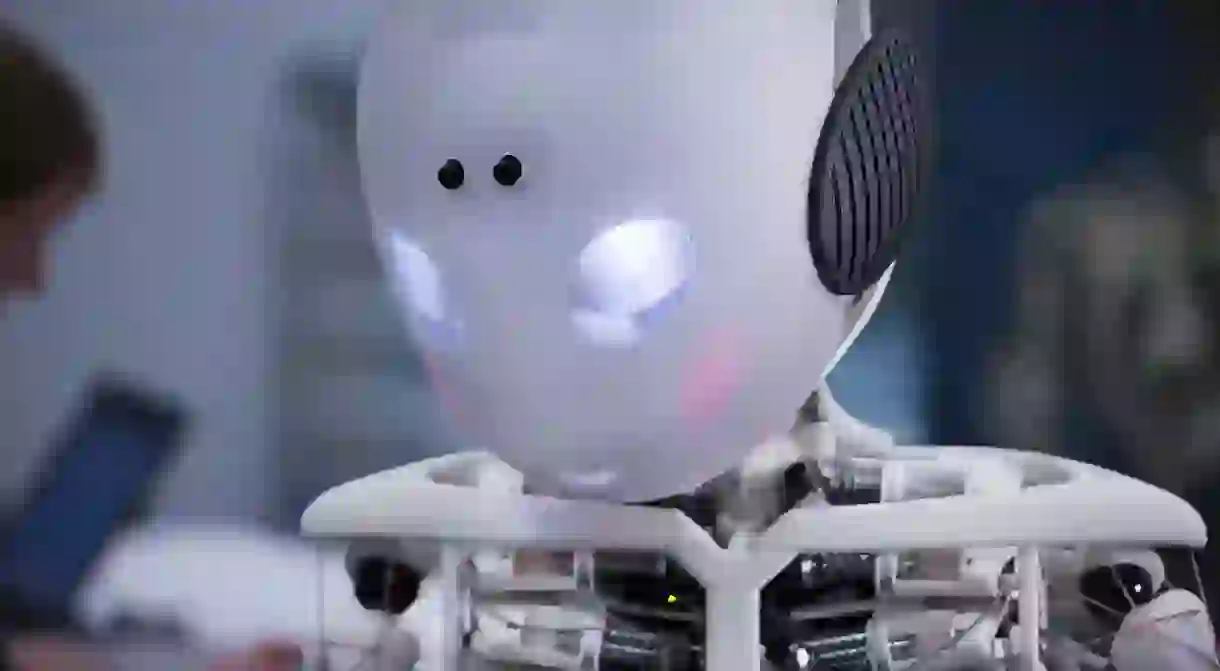How Switzerland Became the Robot Capital of the World

“Switzerland is the Silicon Valley of robotics,” said Chris Anderson, chief executive of 3D Robotics and former editor at Wired magazine, back in 2013. This might be far from your first thoughts of Switzerland which are more likely to wander to crisp ski slopes, delicious chocolate or creamy cheese. So how did Switzerland come to head the pack in robot design?
This is largely to do with the innovators who study and work at ETH Zurich, a science and engineering university, and its sister the Swiss Federal Institute of Technology in Lausanne. Anderson dubbed ETH “the best robotics university in the world,” which is high praise indeed. Switzerland’s rise to robotic stardom hasn’t been by pure accident though, rather he traced the roots of its success back to tinkerers who have been working on mechanics for decades.
It really is quite simple why Switzerland has climbed to the top, the reason, rather than the method anyway. For the last seven years, the country has topped a Global Innovation lndex run by Cornell University, INSEAD business school, and the World Intellectual Property Organization.
“With its favourable business environment and solid innovation capabilities, Switzerland remains highly successful in transforming its resources into more numerous and more varied innovation outputs,” the 2017 report reads.

Drones are one of those outputs that capture the imagination. Parks in Switzerland buzz to the sound of commercial drones, but the country is also leading the charge in putting them to more than recreational use. This year the country made its first ever commercial delivery in a residential area by drone; a bag of coffee. Drones have been allowed to fly over the city of Lugano for some time. They are designed to carry much needed medical supplies between hospitals in Lugano and received the go-ahead to do earlier this year.
Another stand-out creation by Swiss designers is Roboy. “The goal of the Roboy project is to advance humanoid robotics to the state where robots are as capable as human bodies,” their website says.

Roboy is said to be the “most human robot in the world.” But it didn’t happen overnight, Roboy was the culmination of 30 years of work by Rolf Pfiefer, head of the Artificial Intelligience Laboratory at the University of Zurich, understanding embodied robotics which were then put into practice.
This innovation is deeply embedded into the nation’s economy, which is knowledge based and allows the relatively small population to outshine the competition. For example, Switzerland boasts more peer reviewed scientific publications in relation to its population than any other country in the world. They may not be all Swiss scientists carrying out the research, but Switzerland has built itself up as a hub of intellect and know-how and attracts the best minds to work in the country; particularly in robotics.













